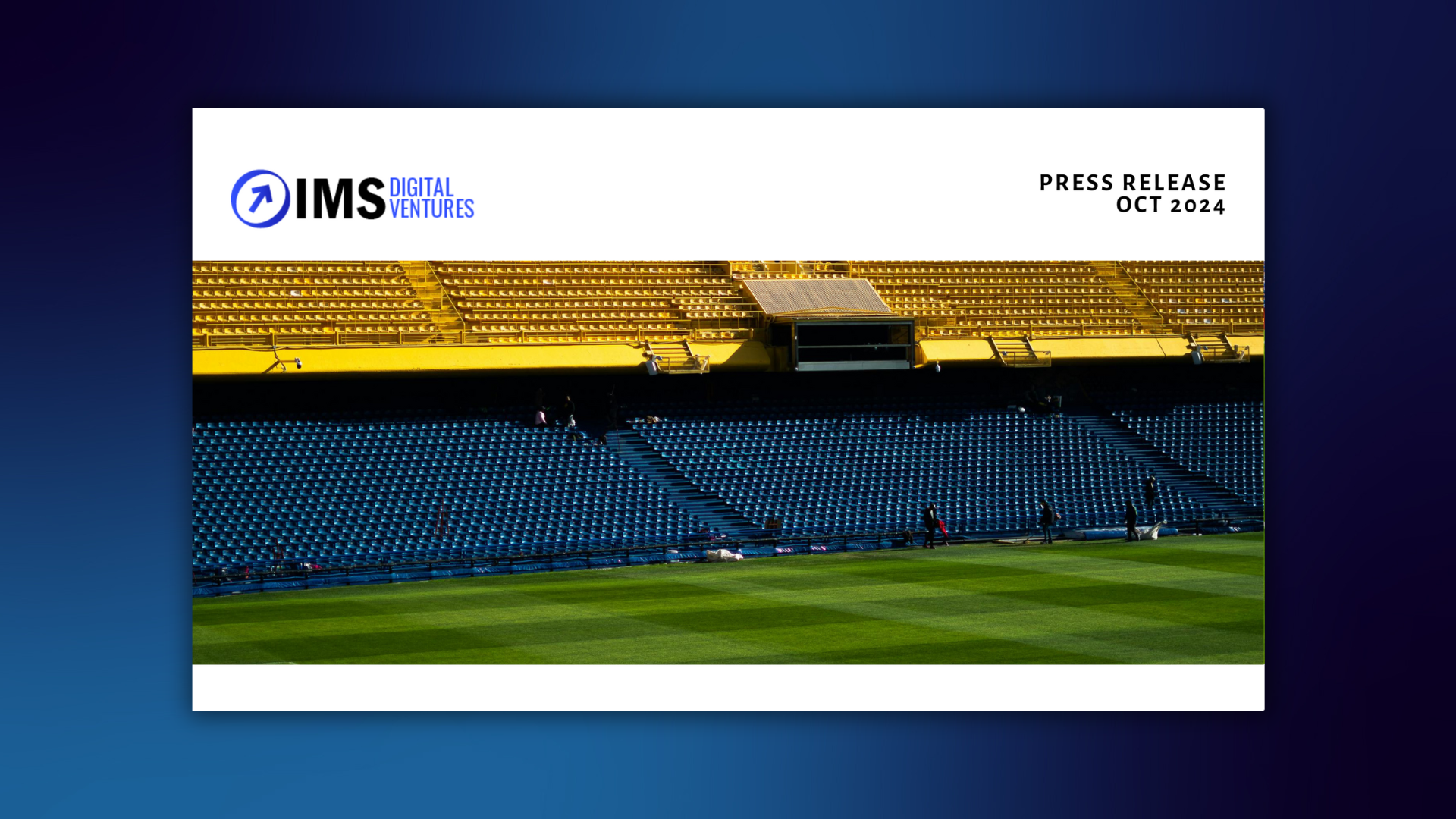Anastasios Papadopoulos, founder & CEO of Integrated Management Systems (IMS), discusses how the tech sector is set to be affected by the cost of living crisis, and how it can be navigated.
As the cost of living soars in the UK and beyond, you can’t help but wonder what effects it will have on the tech industry. According to the Office for National Statistics, 91 per cent of adults in the UK reported an increase in their cost of living between June and July 2022. As inflation increases, the tech sector is experiencing a series of knock-on effects, from ongoing supply chain issues to salary caps.
However, in the wake of the crisis, technology industry leaders are staying strong and resilient, by focusing on accelerating their solutions to fit the current climate.
Ambitious investments, or caution ahead?
Technology investment is one of the many factors likely to be under the influence of the cost of living crisis. Tech Nation reported that UK tech investment reached a record-breaking $18bn in 2021, the highest in Europe. This was nearly three times higher than what was raised in the same period the year before and painted a very promising picture for 2022.
But investors today are understandably more cautious due to the current economic climate, with numbers expected to decrease compared to last year. Tech UK highlighted that the UK economy is forecasted to face a “technical recession” in the second half of this year. Nevertheless, there are still some long-term benefits of technology investments for ambitious investors willing to take a risk, including gaining long-term financial resiliency.
So, what is the current impact? And how can industry leaders respond to threats ahead and leverage technology to future-proof their businesses against the predicted recession?
The inflation cycle
We’re currently entering the inflation cycle. The Bank of England is raising interest rates to combat inflation, with a target to bring the level of inflation down to 2 per cent. With recession looming, it’s facing a pivotal decision on how far to go in order to limit the impact without stalling investment and growth.
With higher interest rates, the aim is to limit borrowing and encourage saving over spending, which can make securing investments that bit harder. Crucially, it discourages investors from making long-term investments. For tech leaders (not long ago) revelling in investment opportunities, this shift changes the way in which they will have to look to secure faith in their projects, products and progress.
Like with all industries, tech products are more expensive to import with rising global prices and supply chain complications. Businesses are incurring increased costs. The current combat is balancing costs of the product with business growth.
Furthermore, there’s plenty of jobs on offer — but often without the skills to fill the roles. This forces employers to offer higher salaries to attract talent, which in turn promotes inflation. But the skills shortage is also being compounded by salary caps to balance costs and financial offerings from other companies and industries. As the crisis takes a strangle on livelihoods, talent may shift to opportunities that can help them wriggle out of its grip.
The impact of raising interest rates to reduce inflation could take a few years to work. So, it’s imperative that tech leaders know how to respond to any upcoming dangers and solidify their product and operations.
Focus on refining your product-market fit
It can often be tricky to know where to start in the face of a crisis. But back-to-basics is always a good starting point — and a great way to begin is to honestly focus on your product-market fit. Swirling in a floundering market, gaining sales traction can be crucial to standing firm and standing out. What companies need to do is really define their market needs and ways in which they can refine their product offering to that market. Does the product need tweaking in line with changing habits? Is the target audience still the right one, or does it need revising or adding to? Times like these require adaptation in order to evolve with the situation.
Also fundamental to riding the wave, is to take guesswork out of the equation. Quick customer surveys and product feedback can help you make incremental changes based on research. Gauging the temperature of the market needs to be in continual evaluation, allowing you to make small updates to your offering and create customer feedback loops (both of which will spark future bigger developments). This includes demonstrating that you are listening to client needs, potentially solving problems that competitors haven’t addressed, to create meaningful value for clients. This also crafts the agility needed to keep up with changing market conditions.



